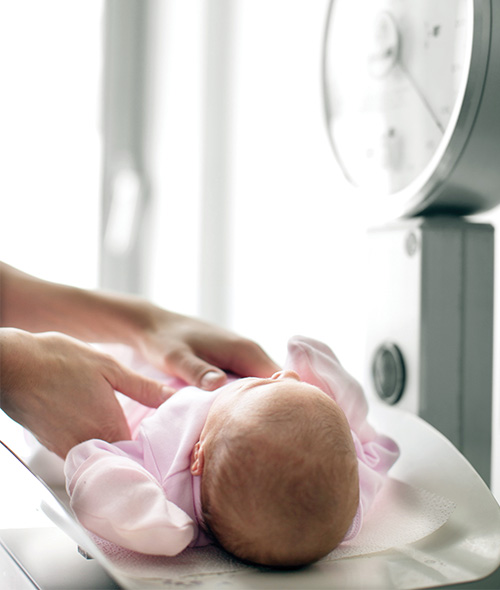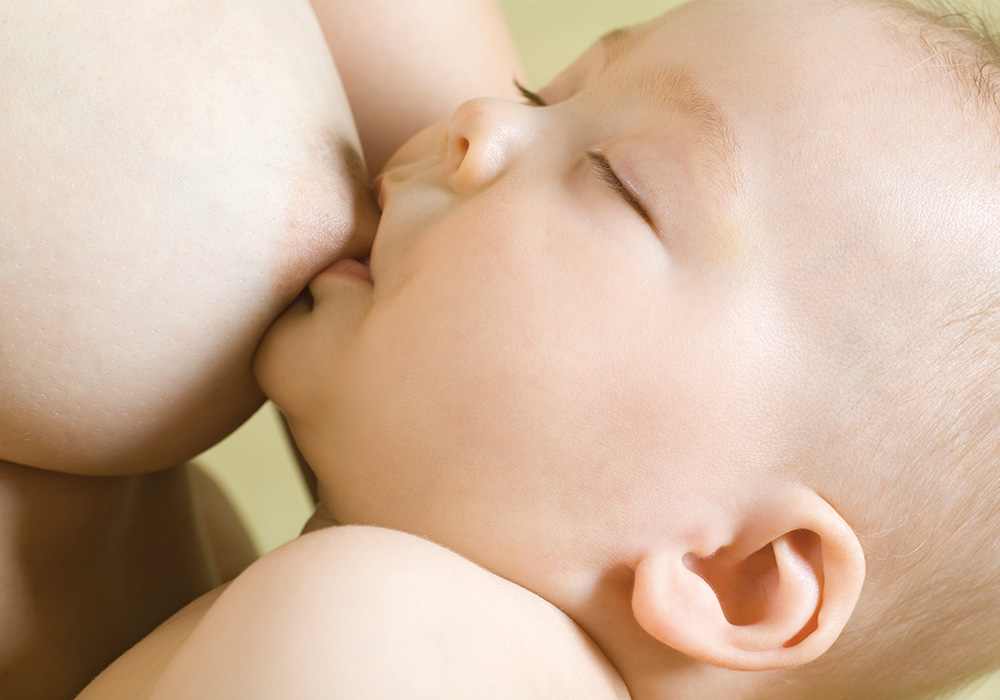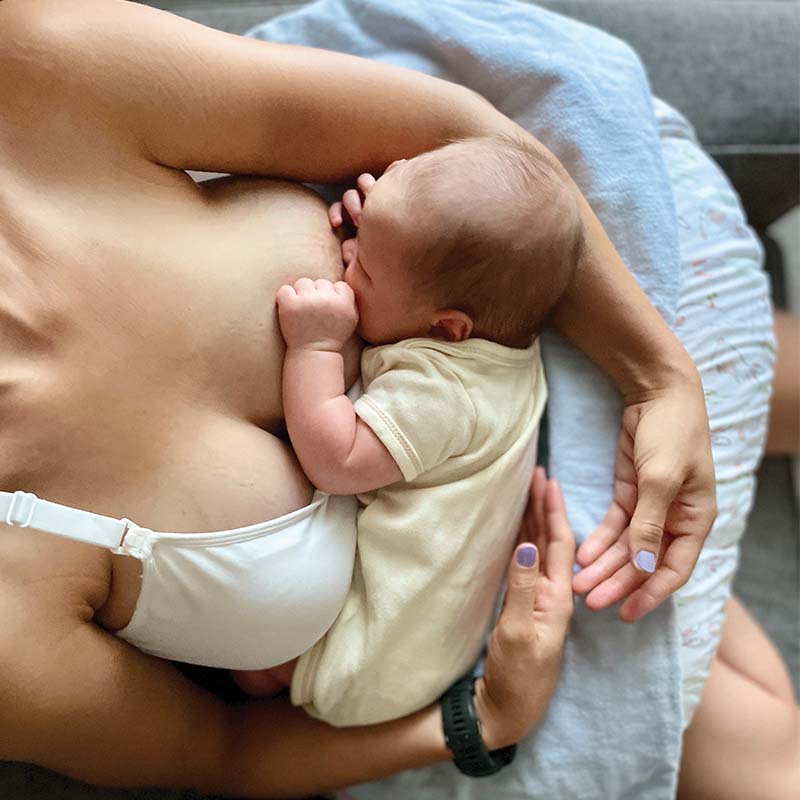If you are concerned with your baby’s weight gain or they show any of these signs, call your pediatrician. Ask your WIC office for breastfeeding help.
- Newborns will often lose a few ounces the first weeks of life, but by day 10 they will regain it. As Erin Corrigan, the Clinical Nutrition Manager at Nicklaus Children’s Hospital explains, “chest/breastfed babies tend to gain weight quickly in the first 3-4 months and then their rate slows down a bit, while formula fed babies may continue at a higher rate of weight gain. In general, expect your baby to double in birth weight in the first 5-6 months and triple it by 1 year.”
First, weigh yourself. Then, while holding your baby, step on the scale again. Subtract your weight from your weight while holding baby. The difference is your baby’s weight!







